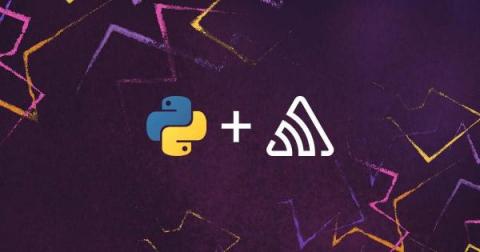Bringing Codecov into the Sentry Family: Where Code Coverage Meets Application Monitoring
Today Codecov is joining the Sentry family. Codecov began as a code coverage reporting tool in 2014 and has since emerged as a market leader in the test analytics space. Codecov makes coverage actionable for over two dozen test frameworks, and has helped over a million software developers improve their approach to testing, coverage, and code reliability. You might be asking, what do test analytics have to do with application monitoring?











